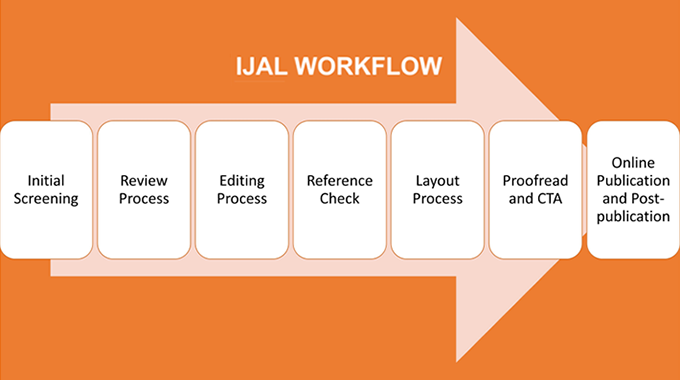Author guidelines

Authors are invited to submit their work to this journal. An editor will assess all submissions to determine whether they meet the aims and scope of this journal. Those considered a good fit will be sent for peer review before deciding whether they will be accepted or rejected.
Before submitting, authors are responsible for obtaining permission to publish any material included in the submission, such as photos, documents, and datasets. All authors on the submission must consent to be identified as an author. Where appropriate, research should be approved by an ethics committee following the legal requirements of the study's country.
An editor may reject a submission if it does not meet minimum quality standards. Before submitting, please ensure the study design and research argument are correctly structured and articulated. The title should be concise, and the abstract should be able to stand on its own. This will increase the likelihood of reviewers agreeing to review the paper. When you're satisfied that your submission meets this standard, please follow the checklist below to prepare your submission.
- Before submission, register and log in as an author to the system.
- Manuscript must be submitted through the journal system. Manuscript submissions through email will not be considered.
- The manuscript contains 6000 and 8000 words in a single space (excluding the Abstract and Reference section) and a one-column style.
- The submitted manuscript is in English with .doc, .docx, or .rtf formats, single space, 12 font size, Times New Roman, A4 paper with 2.54 cm margins.
- No header or footer is required. If needed, the author may use an endnote instead of a footnote.
- The main headings include ABSTRACT, INTRODUCTION, METHOD, FINDINGS, DISCUSSION, CONCLUSION, and REFERENCES. Authors are allowed to use subheadings under the main headings. If necessary, ACKNOWLEDGEMENT and APPENDIX may be included.
- TITLE is no more than 15 words, in sentence case, centered, 14 font size.
- ABSTRACT must be between 200 and 250 words, consisting of the background of the study, the purpose of the paper, the research method, the main findings/results, and the conclusion. Following the abstract, write three to five keywords.
- The INTRODUCTION should consist of the background of the study, research contexts, literature review, and research objectives. It should be presented in paragraphs comprising 15-20% of the article's length.
- METHOD consists of a description concerning the research design, research site and participants or documents, data collection, and data analysis with a proportion of 10-15% of the total article length. It can be unified or use subheadings (research design, research site, and participants, data collection techniques, and data analysis).
- FINDINGS AND DISCUSSION consists of a description of the results of the data analysis to answer the research question(s) and their meanings seen from current theories and references of the area addressed. The proportion of this section is 40-60% of the total article length.
- CONCLUSION consists of the summary and restatement of the main findings.
- REFERENCES, including quotations, in-text citations, tables, and figures, must follow the APA 7th edition citation style.
- Every source cited in the body of the article should appear in the reference, and all sources appearing in the reference should be cited in the body of the article.
- The sources cited should at least 80% come from those published in the last 5 years. The primary sources cited are reputable journal articles (strongly recommended), books, and research reports, including theses and dissertations. Citations from the journal should be at least 80% of the total references cited.
- Citation is done using brackets (last name and year of publication). Page number is included when the sources are cited verbatim (p. 78 or pp. 78-89).
- All forms of communication between the authors and the journal are via ijal@upi.edu or +62 81 321 028 274 (WhatsApp). Communication with other email addresses will not be considered.




